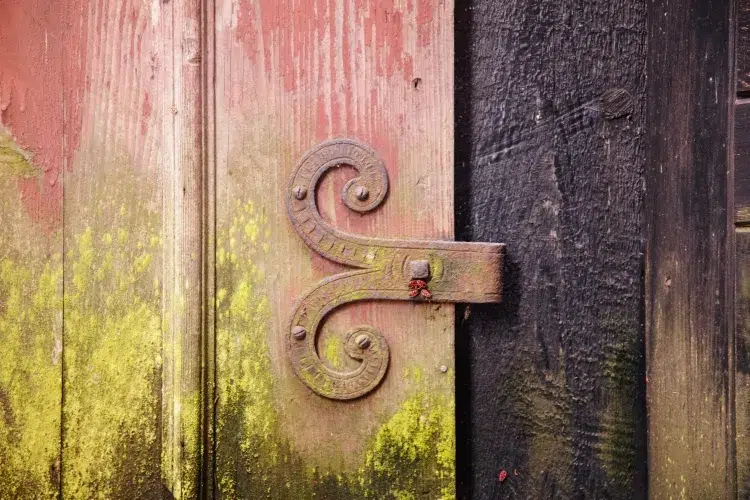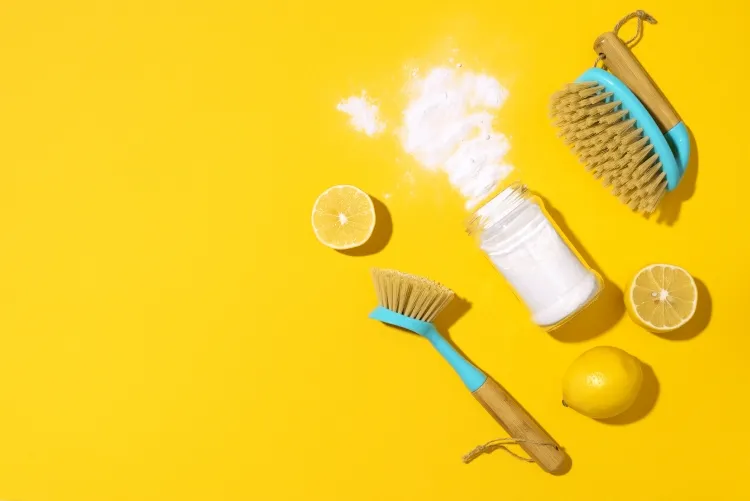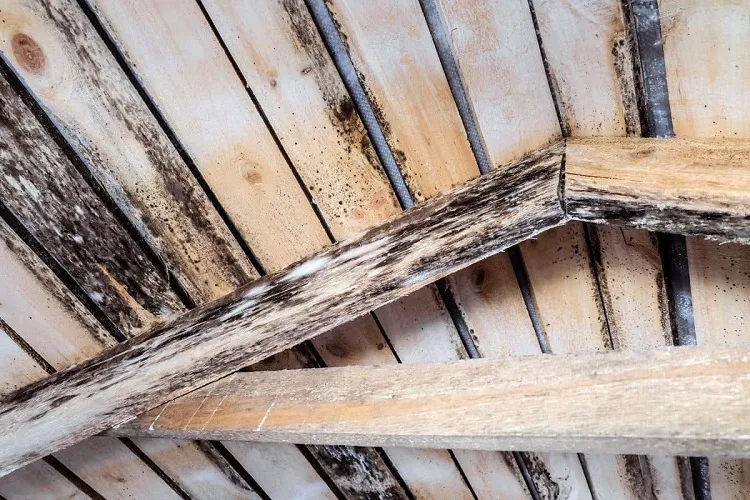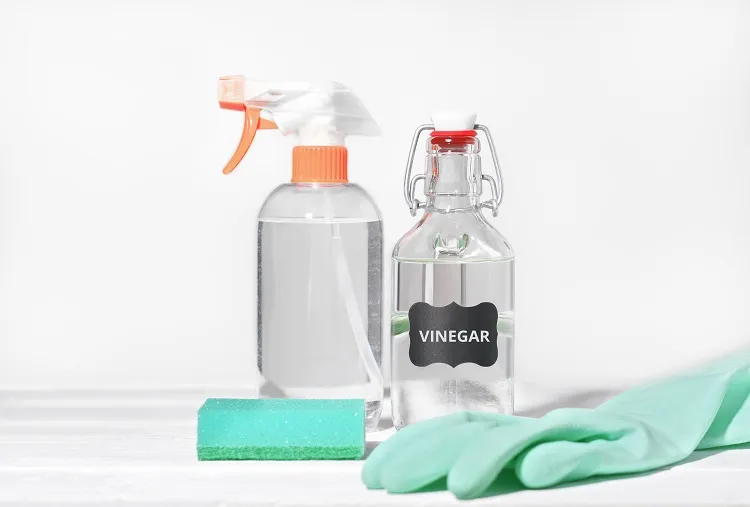Moldy wood: there is something rustic and authentic even in the smell. It smells different compared to the locked-in smell you notice in a room with PVC windows. On the other hand, this sensation does not change the harmful impact of mushrooms on the environment and our health. The black spots expand and can attack the structures of your house. How to remove black mold from wood? What products protect the texture of woodwork? Perhaps you will give up on the “frame change” project when you have read this informative article.
How to Remove Black Mold from Wood? The Dangers It Holds
Invisible in most cases, humidity sticks everywhere, and homemade killer fungi form and produce spores that persist in the environment. One day, you will be horrified to see black, brown, and yellow stains, white discoloration, or green streaks on wood, on a wall, on clothing, and on other interior objects. The color depends on the material they are made of. This could have been classified as a “natural art” if we did not know the danger that mold entails. Allergies develop by manifesting themselves in mundane symptoms such as irritated eyes, nose and throat; coughing and runny nose; headaches and others. These signs may give you the wrong idea, but humidity is an absolutely real cause. By touching them, you transmit the pathogenic spores to your mouth, nose, and eyes.
Wood must be cleaned properly to make it durable. How to remove black mold from wood to preserve it and prevent the proliferation of fungi?
Also read: How to Clean Mold on Window Frame? Easy & Quick Home Remedies
What Products Are Useful for Removing Mold from Wood?
When preparing to tackle mold, you must prepare for war: armed with a mask, goggles, gloves and a rubber apron to protect your hands, eyes, mouth and clothing. All surfaces vulnerable to the danger of parasitic fungi must be covered.
You surely understand that choosing a product that can remove black mold from wood is a delicate subject. Do you know why? It’s quite simple: there is worked wood (frames, furniture, etc.), there is also raw wood used for floor covering and for construction beams. So, cleaning methods vary, and it is not the same to clean a wooden deck and to clean a window frame. How to protect a wooden deck/terrace in winter? In the very least, you should exclude the use of a karscher and not scrub forcibly with hard metal brushes. The option for a wood cleaning product should be based on the type of surface, that is, whether it is painted or stained, and whether it is porous or non-porous.
Calling for help from allies in the household (vinegar, baking soda, alcohol, ammonia) is a guarantee of success. It is imperative to know how to proceed with these home cleaning agents.
How to Remove Black Mold from Wood?
If the mold is recent, it can easily be treated with lukewarm water and a soft bristle brush or sponge. At places where it is old, careful sanding or even replacement may be necessary. A trial run can save you expense and hassle. Mix lukewarm water and vinegar (in proportions such that you can smell the vinegar), and gently scrub the mold with the soaked brush or sponge. After removing all visible signs of mold, do not rinse, as excess water can make the situation worse. Dry completely and as quickly as possible to minimize the risk of recurrence.
Another advantage of distilled white vinegar is that it effectively kills mold at the source, by penetrating deep into the wood. Painted or stained wood can be cleaned with a cleaning solution of warm water and dish detergent or laundry detergent.
If borax and hydrogen peroxide are effective on bathroom joints and toilets, you might be curious about their effect on wood. Be warned that borax can only be used on non-porous treated wood. It kills mold and prevents new growth, but it must be mixed with warm water in a spray bottle. Otherwise, you run the risk of damaging porous wood and making the problem worse.
An excellent anti-mold product on painted or stained wood is vodka. Its alcohol concentration disinfects wood surfaces.
Hydrogen peroxide has antifungal, antiviral, and antibacterial properties, making it very effective in killing mold on porous wood.
Mold Prevention and Contraindications
The use of bleach is strongly discouraged. Mold always returns if the treated surface remains damp. Dry at all costs after you’ve finished cleaning.
There are reports of stains remaining after cleaning. In this case, sand with the finest sandpaper.
Proper maintenance could prevent future mold growth in your home while avoiding allergy symptoms from the spores.
Finally, if your efforts are delayed, and you notice rot, you must change the woodwork to prevent the appearance of wood bugs and other xylophagous (wood-eating) insects.
Also read: How to Clean Mold Off Window Sills? Eradicate It Permanently from There and Your Home Air!





